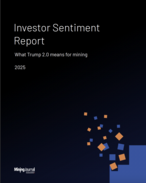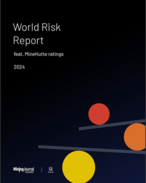The government is preparing a new strategy to take the nation to the end of the decade and wants to update its list to recognise minerals that are essential to modern technologies, economies and national security, and whose supply chains are vulnerable to disruption.
In its three-page submission to the inquiry, the peak body argues the revised list should be simple and broad to allow the nation to "grasp a once in a generation opportunity to ensure Australia plays a clear strategic role supplying the world with raw, processed and value-added minerals and metals".
Broad list needed
AusIMM argues the new list should not be constrained by the potential to fit current government funding, but must be shaped to support sustainable supply chains, sovereign capability, and generate value from the nation's rich resource endowment.
AusIMM's submission argues copper, nickel, zinc and manganese should be added to drive production of batteries; bauxite, alumina, aluminium should join high purity alumina to build on Australia's manufacturing potential in renewables; and potash and phosphates for food security and supply.
"If Australia's major strategic partners and resource competitors have put aluminium, copper, nickel and zinc on their critical mineral lists, so should Australia," it argued.
Fresh approach
Since then, with technological and geopolitical changes and a shift in government, a decision was made to revisit the question.
The US increased its own list to 50 almost 18 months ago, adding aluminium - a move that has the
support of Aluminium Council for the domestic list.
AusIMM argues broadening the list can only benefit the nation, saying the EU's mix of 34 critical and 16 strategic raw materials, which split nickel and battery-grade nickel is an overcomplicated approach.
Australian states and the CSIRO also have different definitions that could be harmonised.
Australia's Department of Industry, Science and Resources has listed critical minerals projects totalling almost A$40 billion including lithium, nickel, cobalt, tungsten, and high-purity alumina.


